Last updated on April 30, 2024
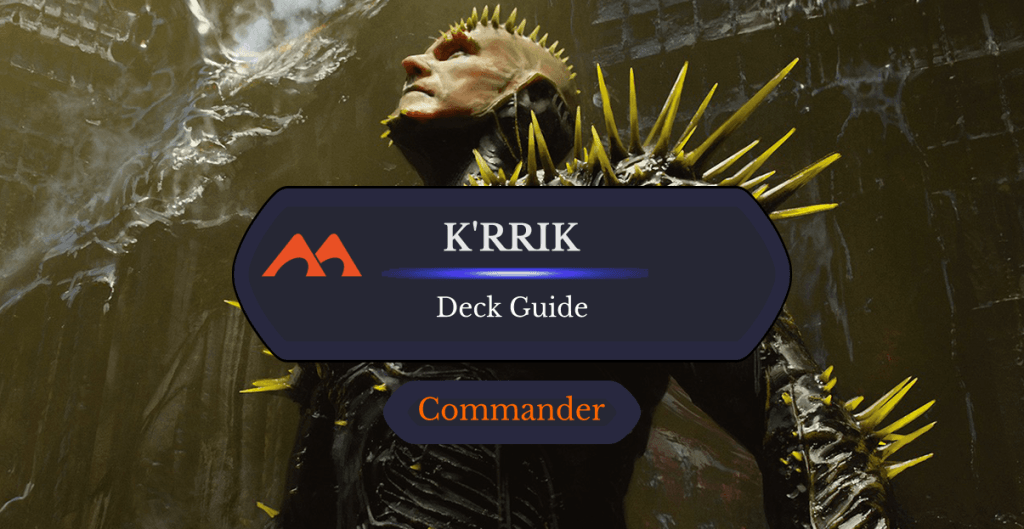
K'rrik, Son of Yawgmoth | Illustration by Chase Stone
Aside from a rare appearance in March of the Machine, Phyrexian mana is something that Wizards of the Coast is very cautious about including in the game. It makes sense: the ability to pay life instead of mana is an incredibly powerful one, especially in decks that are built to gain life. This makes K'rrik, Son of Yawgmoth a very intimidating commander because it essentially turns all the colored mana pips in this deck into Phyrexian mana.
While you lose out on the color-pie-breaking effects of Phyrexian mana in a mono-color deck, K’rrik is still helpful in making powerful spells more affordable. One way that Wizards balances more powerful cards is by making their cost more restrictive. This can be done by simply increasing the mana value, but it can also be done by increasing the number of specifically colored pips needed to cast a spell. K’rrik allows you to cast those more restrictive cards, even if you don’t have enough sources of black mana to do so.
Because K’rrik is able to speed your game up significantly, it can be a pretty competitive commander. While this deck isn’t full cEDH, it does have a higher power level. I did this intentionally to compensate for the fact that some players are likely going to hate K’rrik off the table the moment they see it. I’ve also got tips for you if you’re into a more casual K’rrik build.
The Deck
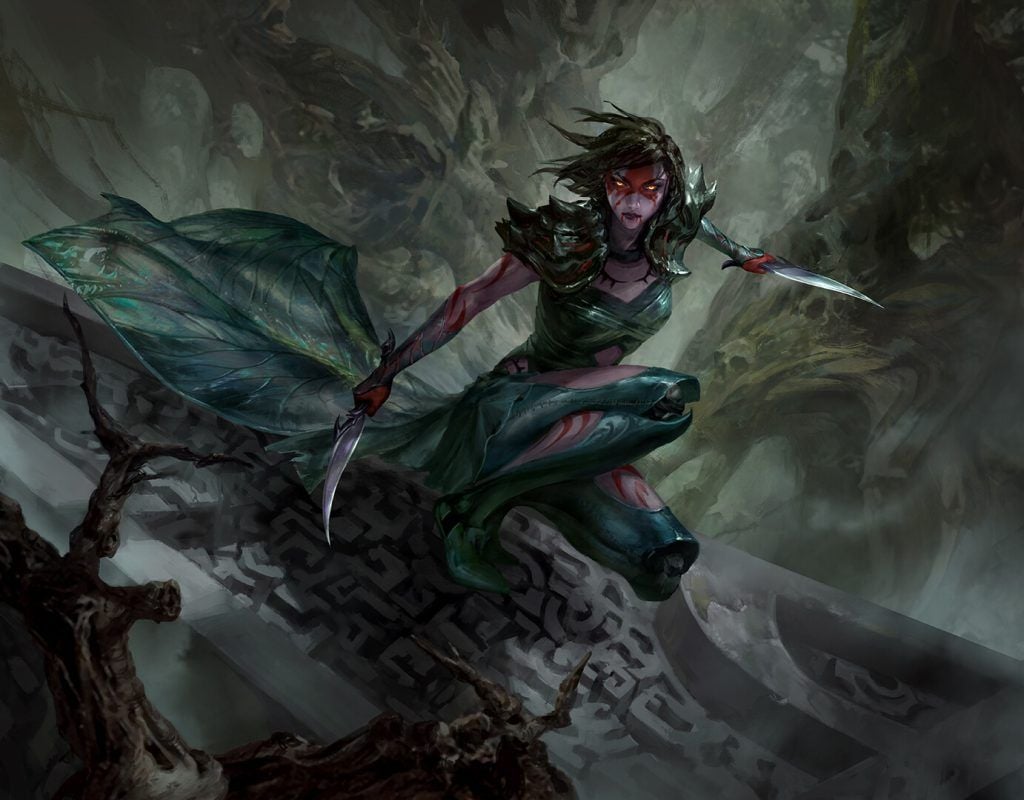
Nirkana Revenant | Illustration by Livia Prima
Commander (1)
Planeswalker (1)
Creature (23)
Asmodeus the Archfiend
Blood Artist
Blood Celebrant
Creeping Bloodsucker
Crypt Ghast
Gray Merchant of Asphodel
Kokusho, the Evening Star
Nirkana Revenant
Noxious Gearhulk
Opposition Agent
Phyrexian Obliterator
Razaketh, the Foulblooded
Sangromancer
Shard of the Nightbringer
Sheoldred
Sheoldred, the Apocalypse
Twilight Prophet
Varragoth, Bloodsky Sire
Vilis, Broker of Blood
Vito, Thorn of the Dusk Rose
Orcish Bowmasters
Gollum, Obsessed Stalker
Urborg Scavengers
Instant (7)
Ad Nauseam
Dark Ritual
Deadly Rollick
Hero's Downfall
Infernal Grasp
Vampiric Tutor
Victim of Night
Sorcery (11)
Torment of Hailfire
Scheming Symmetry
Reanimate
Temporal Extortion
Profane Transfusion
Peer into the Abyss
In Garruk's Wake
Feed the Swarm
Exsanguinate
Demonic Tutor
Damnation
Enchantment (9)
Black Market Connections
Greed
Font of Agonies
Exquisite Blood
Phyrexian Arena
Necropotence
Infernal Darkness
The Meathook Massacre
Sanguine Bond
Artifact (14)
Aetherflux Reservoir
Alhammarret's Archive
Bolas's Citadel
Bontu's Monument
Jeweled Lotus
Lightning Greaves
Mind Stone
Nyx Lotus
Sensei's Divining Top
Sol Ring
Thought Vessel
Demon's Horn
Mithril Coat
Whispersilk Cloak
Land (34)
Ancient Tomb
Bojuka Bog
Reliquary Tower
Rogue's Passage
Shizo, Death's Storehouse
Swamp x26
Takenuma, Abandoned Mire
Witch's Cottage
Cabal Coffers
This deck operates on a pretty basic strategy: essentially you want to gain life and then use that life to pay for spells. You have cards like Crypt Ghast and Demon's Horn to help you gain life without having to deviate too far from just playing a typical turn, and you have cards like Blood Artist that gain you life for free thanks to its triggered ability. These more passive forms of lifegain are helpful because they allow you to focus on playing more aggressively instead of having to cast spells that don’t do much else besides gain you life.
As a payoff for all your lifegain, you also have a lot of powerful cards with large amounts of black mana pips in their casting cost. Cards like Phyrexian Obliterator or Temporal Extortion are well worth the 8 life you pay for them if you’re tapped out. This is a deck where you can’t be afraid to drop double digits worth of life to pull off a big move. Even if you don’t earn it all back, it’s important to think of your life as a resource. As long as you stay above 0, you can still win.
The Commander
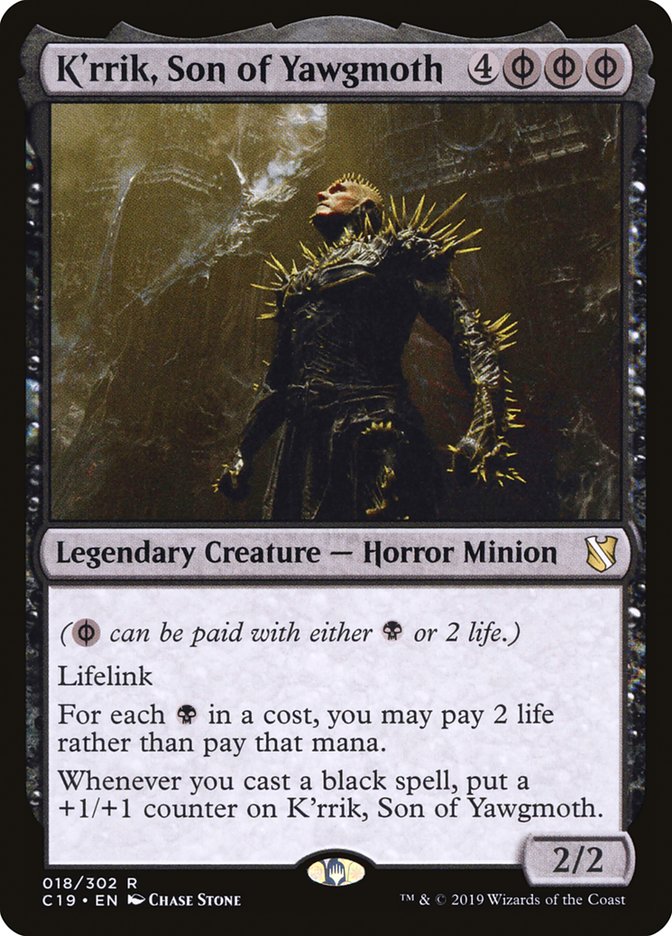
K'rrik, Son of Yawgmoth is a wonderfully designed commander because of how well all its abilities synergize and signpost exactly how you should build. It gives you the option to pay life instead of mana for black spells and abilities, but it will also scale in power with each spell you cast. The stronger it gets, the more life you can gain from it in combat, which in turn allows you to cast more spells.
Another great aspect of K’rrik is that it can also be cast using Phyrexian mana. I’d usually consider 7 to be a pretty restrictive mana cost for a commander, but K’rrik can be played with as little as 4 mana on the board. This means you can drop it as early as turn one depending on how lucky you are with your opening hand.
Lifegain
While not the biggest aspect of the deck, it’s important you have some lifegain so you don’t drain yourself too far. Cards like Kokusho, the Evening Star and Gray Merchant of Asphodel are good for one-time bursts of life which can then easily be used to cast more spells or just keep you in the game.

I especially like Crypt Ghast in this deck because you can pay 2 life with K’rrik to extort and then gain as long as you have all your opponents. Even if one is taken out, you can still extort essentially for free and drain your remaining opponents’ life.
Both Sangromancer and Sheoldred, the Apocalypse do a good job of giving you a somewhat steady flow of life since creatures dying and drawing cards are pretty much always going to happen at some point.
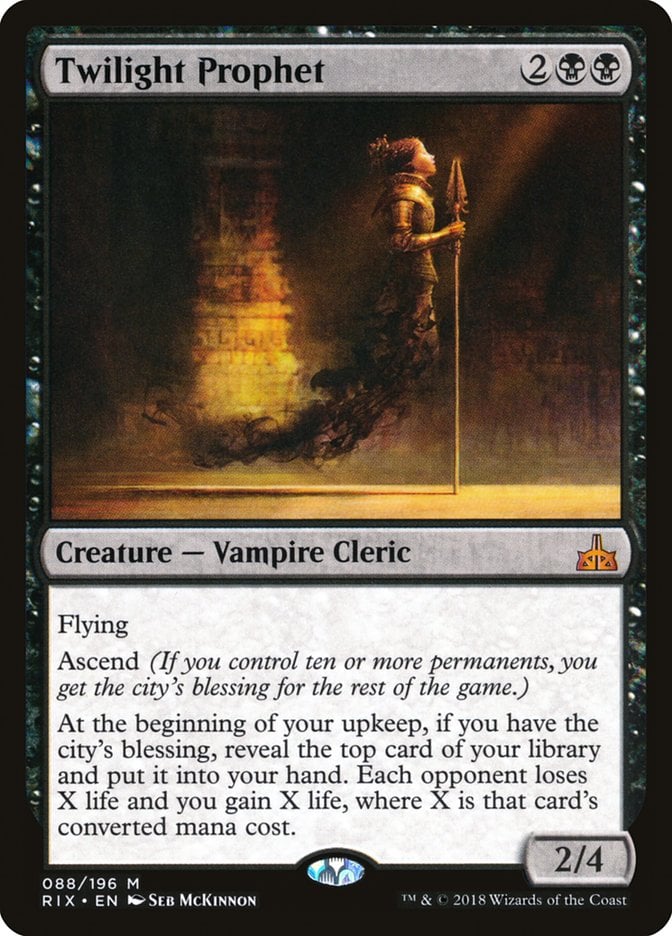
Twilight Prophet is a great way to both gain life and cause your opponents to lose life. As a bonus, you’ll also be drawing an additional card each turn thanks to its ability. Thanks to K’rrik making it easier to cast spells, it isn’t too hard to get the city’s blessing.
Life Drain
On the flip side of gaining life, you’ll also want to make sure your opponents are losing it. Cards like Sanguine Bond, Vito, Thorn of the Dusk Rose, and Gollum, Obsessed Stalker are great for life point swings in your favor.
Sheoldred, the Apocalypse and Orcish Bowmasters punish your opponents for drawing cards and serve as a consistent method of dealing damage or draining life.
After whittling away at your opponents’ life totals with ongoing effects, you can try and take them out with spells like Exsanguinate and Torment of Hailfire which are good for big one-time losses of life. Even if you don’t take out your opponents, the lower they get on life the more conservatively they’ll have to play with their creatures to avoid dying to combat damage.
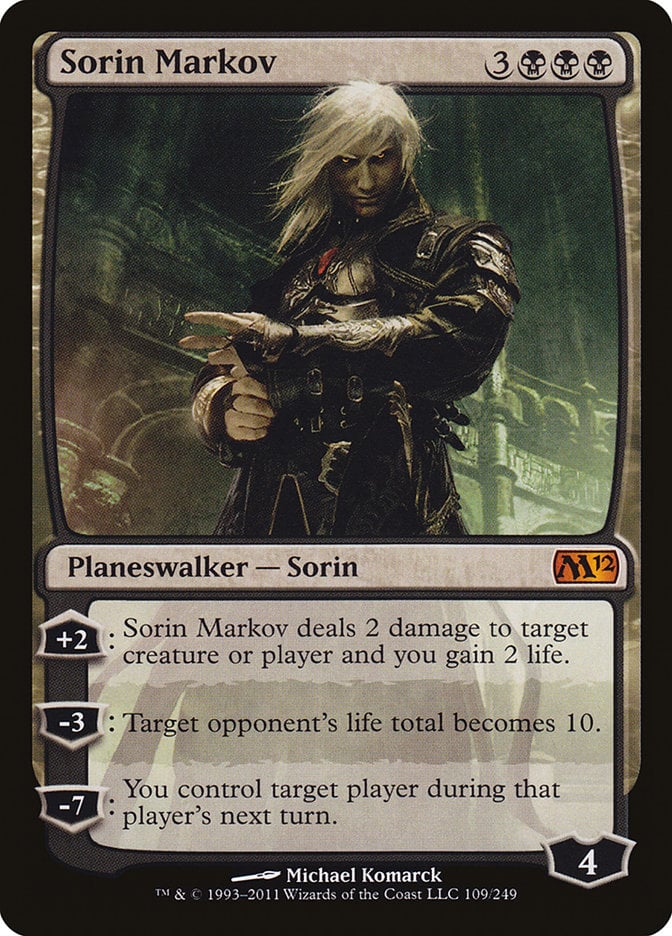
Sorin Markov’s ability to make any opponent’s life total 10 is incredibly powerful in Commander, and thanks to K’rrik you can play this card for as little as 3 generic mana. Sorin can also deal damage and gain you life, making it the perfect fit for this deck.
Card Draw
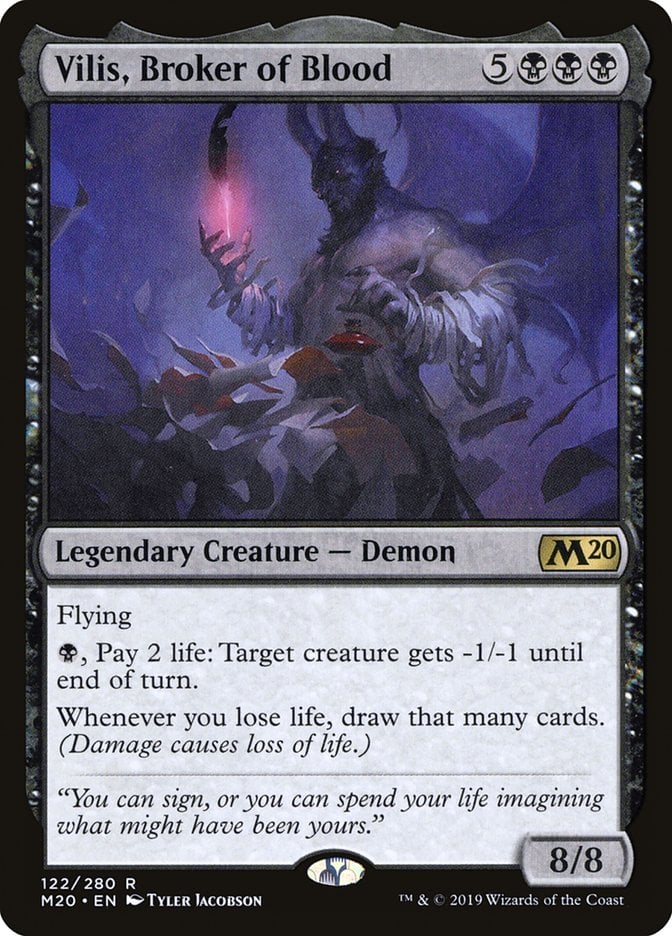
This deck presents a lot of great ways to draw cards. K’rrik’s ability synergizes excellently with Vilis, Broker of Blood. You can pay 2 life to activate Vilis’s ability, then because you paid that life you get to draw two cards. This essentially lets you trade one life for one card as long as Vilis has targets.
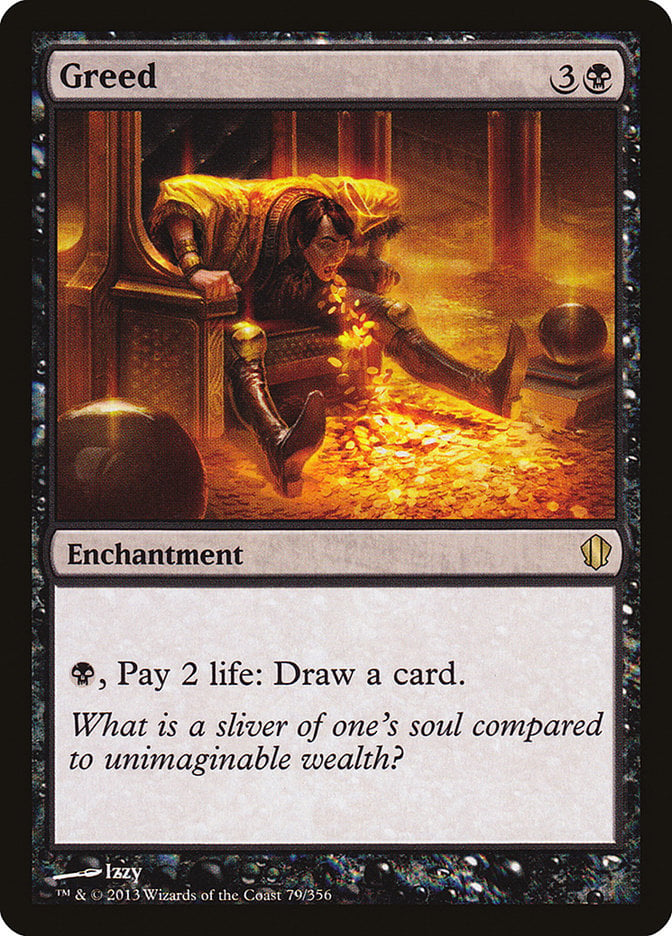
While not as good as Vilis, Greed allows you to essentially just pay 4 life for a card while K’rrik is on the field. While this may seem like a hefty price, being able to draw cards even when you’re out of mana can be very powerful.
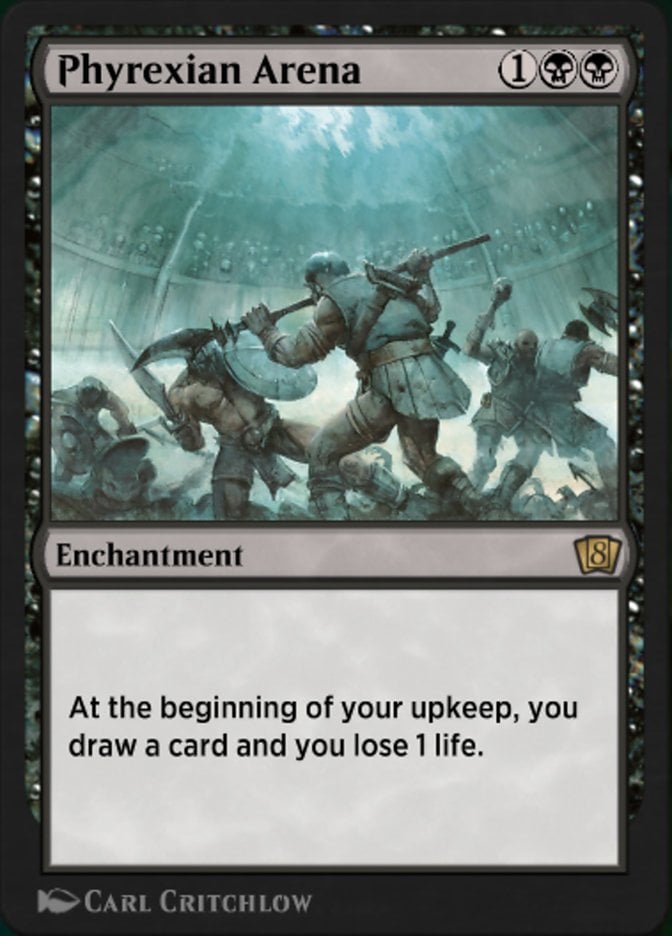
Phyrexian Arena is a good way to consistently get extra cards each turn, and you won’t really notice the one life you’re losing since you have a good number of ways to gain it back.
Tutors
Any deck running combos like this one wants some tutors to make their game more efficient, especially in competitive matches. Demonic Tutor and Vampiric Tutor are the most straightforward tutors you have.
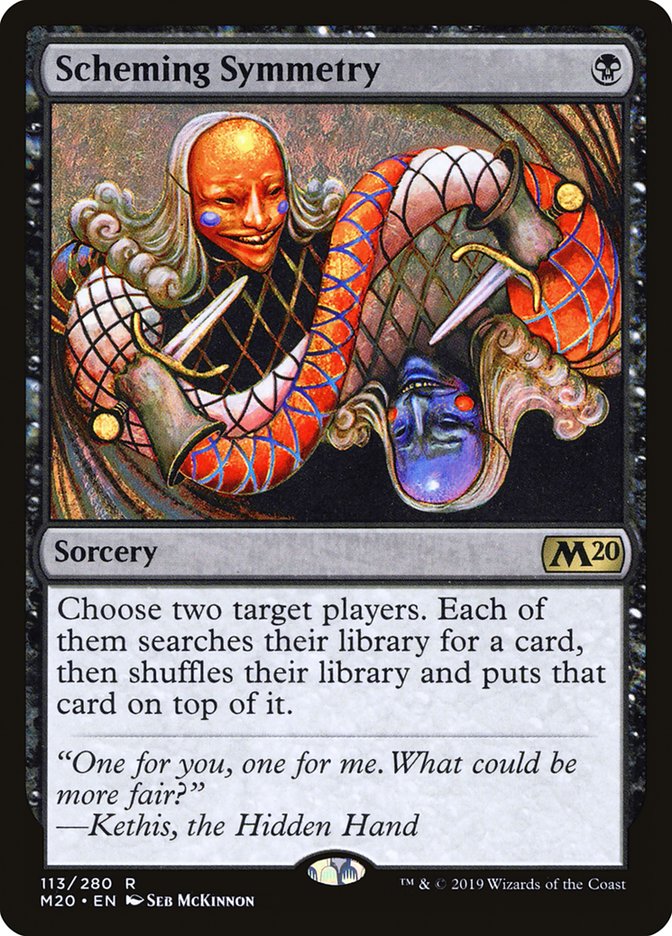
You also have Scheming Symmetry, which can be a bit of a risk. Make sure you pick another player who you don’t think can outpace you with a faster combo when you decide to let them search for a card.
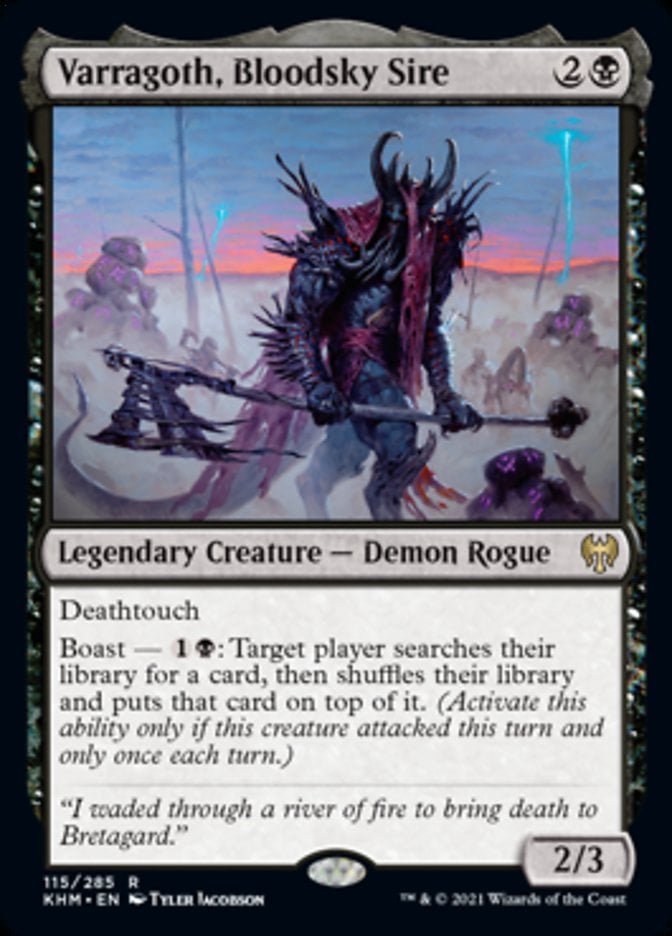
You also have Varragoth, Bloodsky Sire whose boast ability allows you to tutor for a card. Given how powerful this is, I wouldn’t expect Varragoth to stick around too long. I’ve only been able to get its ability off one time each time I’ve used it, but this is still good enough a lot of the time.
The Mana Base
The mana base for this deck is relatively simple, since you’re only in black you can run a lot of basic Swamps and be fine. That said, there are some helpful utility lands that improve your game. Cabal Coffers can tap for a ton of mana thanks to all the Swamps in your deck, and it can be helpful for pumping mana into spells like Exsanguinate.

With K’rrik on the field, you can get away with paying just the generic cost for a lot of spells. This makes Ancient Tomb a particularly powerful land in this deck. Because you’re going to be gaining a good amount of life, you don’t have to worry as much about the cost to activate this land either.
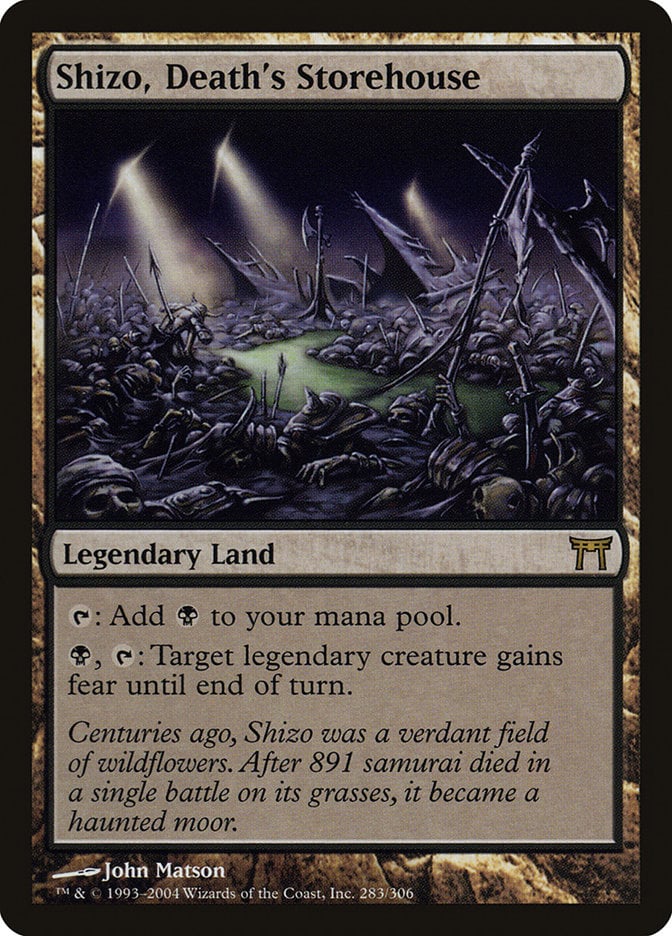
Shizo, Death's Storehouse and Rogue's Passage are helpful for making K’rrik more evasive. This allows you to swing and gain life without worrying that you’ll lose your commander to blockers.
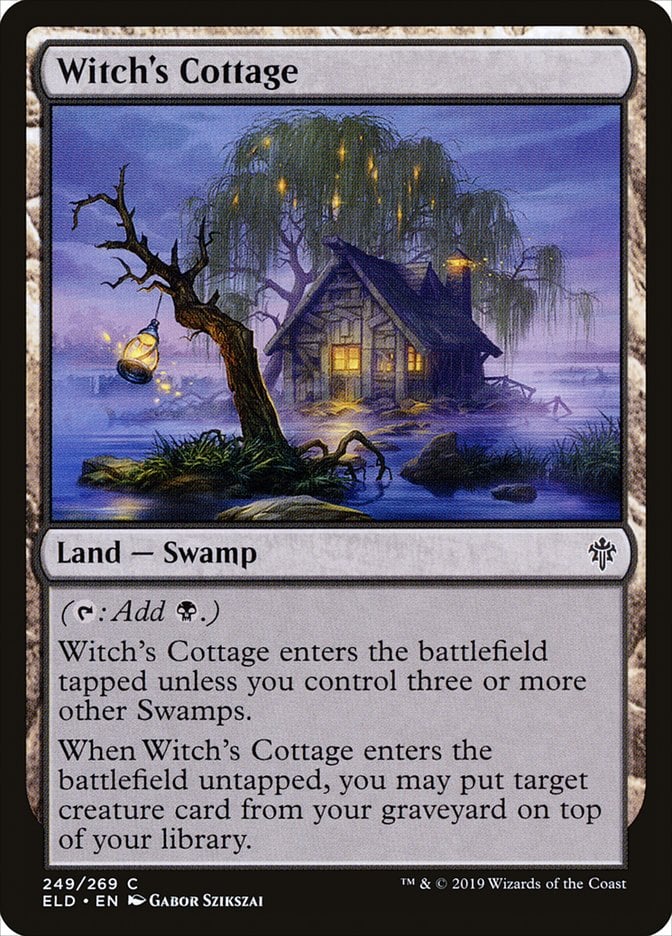
Both Witch's Cottage and Takenuma, Abandoned Mire can help you get a creature out of your graveyard. This can be done to try and avoid paying commander tax on K’rrik or to retrieve an important combo piece like Vito, Thorn of the Dusk Rose.
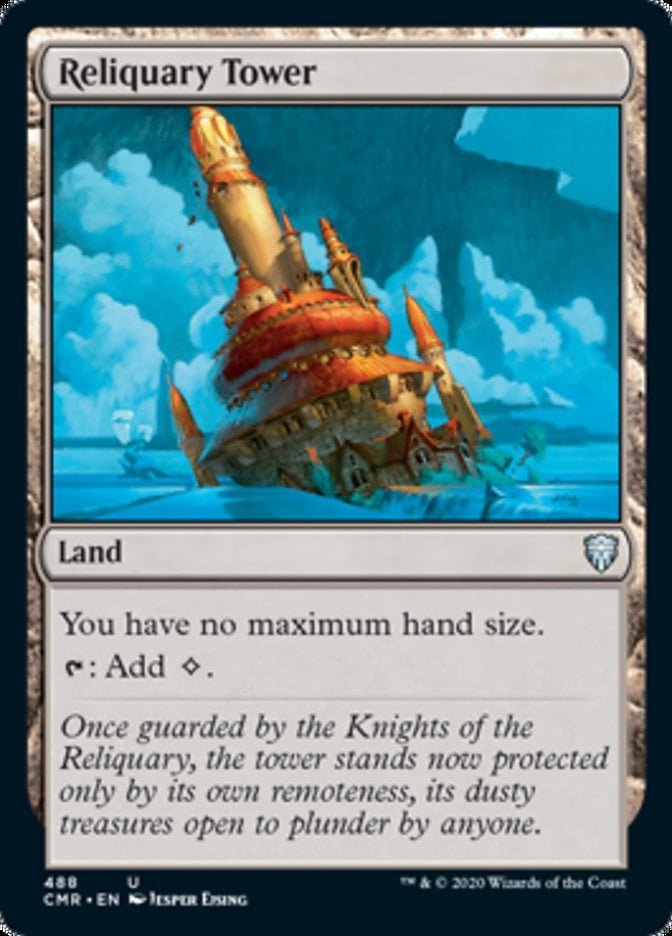
There are a lot of opportunities to draw cards in this deck, so having a Reliquary Tower can be helpful. It’s always nice not to have to pick and choose which cards to keep or discard at the end of your turn.
One quick note on utility lands for this deck. Because all but four of your lands can tap for black mana, you shouldn’t be tempted to add an Urborg, Tomb of Yawgmoth to this deck just for increased output from Cabal Coffers. In this instance, Urborg would likely help your opponents more than you if they’re running a multicolor deck with black mana. However, if you decide to add more utility lands in this deck that don’t tap for black mana, it could be a good option to consider.
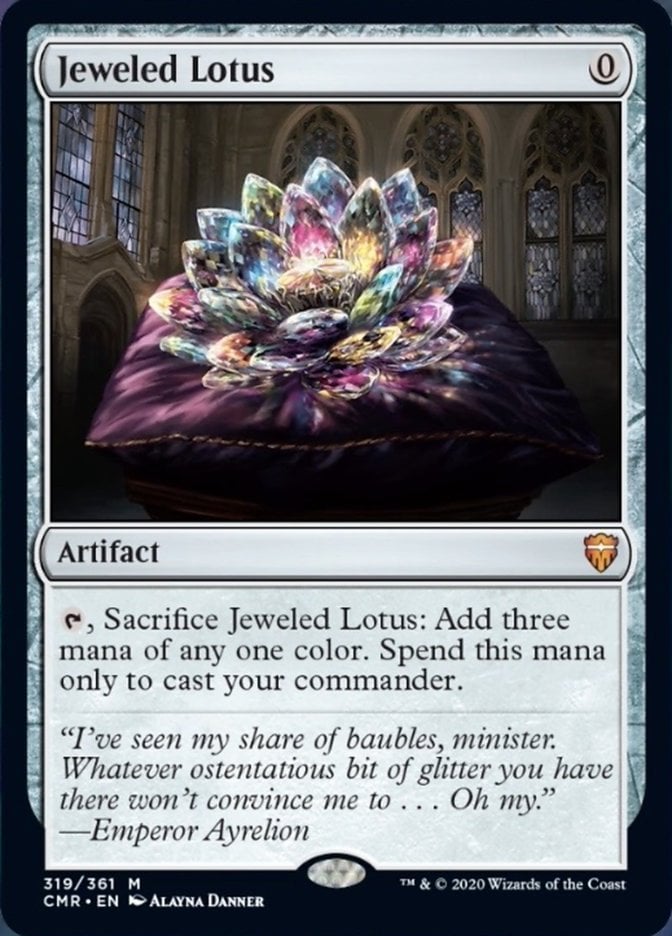
Mana rocks can also be very helpful in this deck as they can help you get K’rrik on the board more quickly. Jeweled Lotus is the fastest way to get K’rrik on the field. As long as you have one other source of mana, you can use life and the lotus to pay for the rest.
Mana rocks like Sol Ring and Mind Stone can also help accelerate your mana output. Thought Vessel is nice because it also gives you no max hand size which can be useful in this deck. While these rocks only produce generic mana, that’s all you’ll need a lot of the time in this deck.
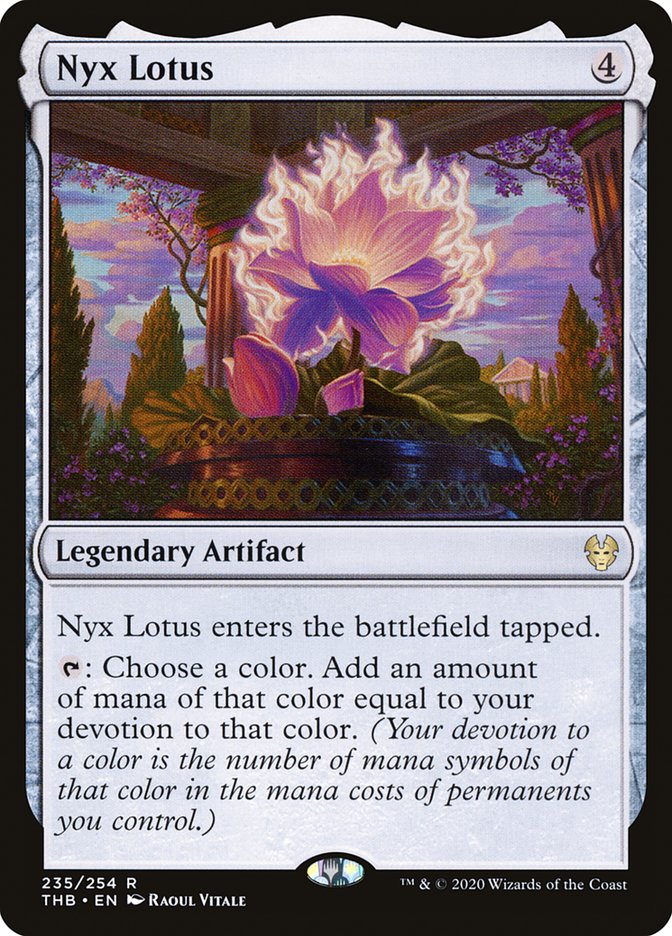
Nyx Lotus can be pretty effective in any mono-color deck, but it’s especially helpful because this deck runs lots of cards with high numbers of mana pips. For example, with Phyrexian Obliterator alone this card can tap for 4 mana.
The Strategy
You have several methods of winning the game with this deck, but the easiest way to do so is with one of several combos in this deck. I’ll go over exactly how those work in the next section, but for the most part your strategy revolves around finding those pieces. This means using cards like Vampiric Tutor or Varragoth, Bloodsky Sire to find cards like Sensei's Divining Top which allow you to go infinite.
K'rrik, Son of Yawgmoth greatly accelerates your game plan, so you’ll want to get it out as early as you can. This means you shouldn’t think of K’rrik as a 7-mana commander, but a 4-mana one at all times. I always pay life to get K’rrik on the field early, and I never regret it.
Apart from spending life on K’rrik, don’t be afraid to pump life into cards like Greed that are going to draw you cards. This gives you a better chance of finding answers or the cards you need to win the game. They also give you more chances to cast spells, which buffs K’rrik and allows you to gain more life back when it attacks. In general, don’t be afraid to pay some life for cheap spells since K’rrik helps mitigate the cost with its lifegain.
Even if you haven’t assembled your combos, this deck can still easily win the game in other ways. You’ll be consistently draining life from your opponents with cards like Twilight Prophet and Gollum, Obsessed Stalker. Once they’re low enough, you can put a lot of mana into a spell like Exsanguinate or Torment of Hailfire and drain them the rest of the way. I like to pay life for the colored mana pips in these cards’ cost; that way I can make X a larger number.
Combos and Interactions
There are two infinite combos in this deck that can help you win the game. The first and easiest to pull off is a combo involving Exquisite Blood and either Sanguine Bond or Vito, Thorn of the Dusk Rose. If you either gain life or an opponent loses life while these two cards are on the field, it starts an infinite cycle of you gaining life and you forcing an opponent to lose life.
When you gain life, Vito or Sanguine Bond cause an opponent to lose it. When they lose life, you gain that much with Exquisite Blood, and that lifegain starts things over again. As long as none of your opponents have a way to give themself hexproof or protection, you can drain all your opponents for their full life totals. Even if you just get one or two opponents with this combo, you’re left with a lot of extra life and the ability to try again.
Your second combo in this deck is less of a sure thing, but it still gives you a pretty good chance to win the game. If you have Bolas's Citadel and Sensei's Divining Top on the field, you can tap the Top to draw a card and place it back on top of your library.
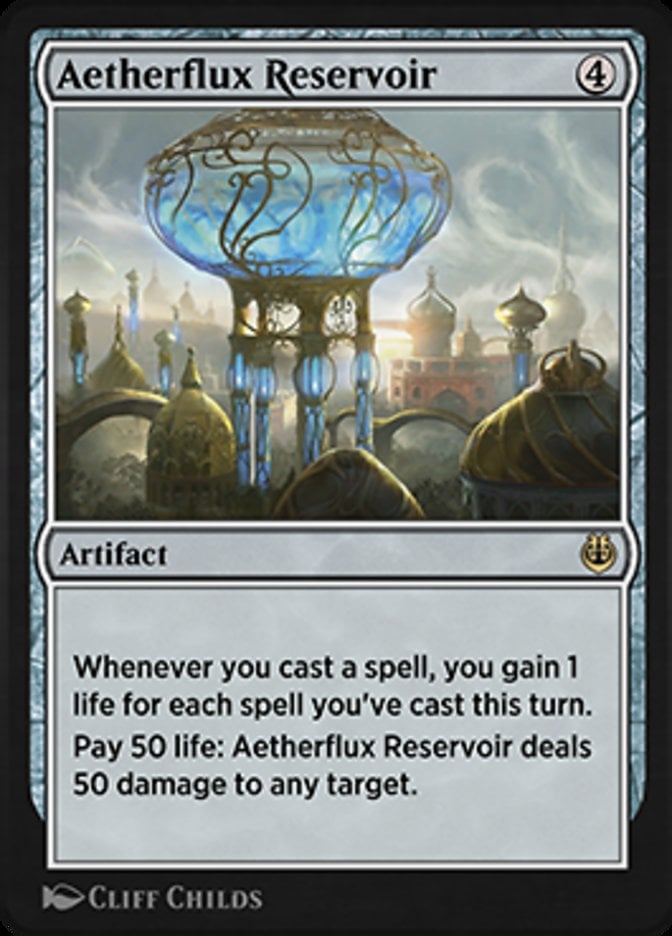
Then, you can play the Top again, paying 1 life with the Citadel, and again tap it to draw and put it back on top. If you have Aetherflux Reservoir on the field while you’re doing this, you’ll gain exponentially more life each time you cast Sensei's Divining Top from the top of your library. You can continue to repeat this cycle until you’ve gained enough life from Aetherflux Reservoir to take out all your opponents using its activated ability.
The reason this combo isn’t a sure thing is that it isn’t infinite. You eventually run out of cards in your library, so depending on what stage of the game you have this combo online, you may not have enough cards left to win the game.
Rule 0 Violations Check
Anytime you’re running infinite combos, it’s worth checking with your playgroup whether they’re okay with it. More casual players might not appreciate you winning the game in an instant before they feel they’ve had a chance to do what they want to with their decks. This conversation is known as rule 0, or “have fun”.
You don’t have to fully remove all your combo pieces from the deck, you can always just take out one or two cards that create the infinite loop. For example, Aetherflux Reservoir and Bolas's Citadel are both great cards for this deck even without your combo, so you can just swap out Sensei's Divining Top for a different card that won’t go infinite with these two. Likewise, taking out Exquisite Blood allows you to keep Vito, Thorn of the Dusk Rose and Sanguine Bond. You can also take these two out and keep Exquisite Blood if you prefer to have some lifegain. It would probably be worth bringing a few extra cards, even if they’re just basic Swamps, that you can slot into this deck to remove the combos.
Budget Options
This deck uses a lot of very strong cards, which means it also comes in at a pretty hefty price. If you’re happy laying down the big bucks for a competitive deck, or if you already have lots of these cards on hand then I’d keep it as is. However, if you want to cut the price and go for a more casual build, here are some options.
The first thing I’d cut to save money on this deck is Jeweled Lotus. Turn 1 K’rrik is nice, but it’s not necessary and honestly the chances of pulling it off are still pretty slim. You can replace this card with other mana rocks like Gilded Lotus or even Thran Dynamo since you don’t need to worry as much about producing colored mana.
Ancient Tomb is another pricey card, so if you want to sacrifice some of your efficiency you can always replace it with Temple of the False God. I will say that prices on some versions of Ancient Tomb have dipped since it was reprinted in the Lord of the Rings set, so if you do want one, now might be a good time to grab it.
Demonic Tutor and Vampiric Tutor are other cards you can cut to both make this deck less competitive and a lot cheaper. This is a win-win if you’re going for a more casual build anyway because you’ll get to throw in some other fun cards and save yourself about $60-$70.
Deadly Rollick is another very pricey card due to its scarcity. If you want to save some money you can replace it with Defile. This card is much cheaper, and also essentially free if you have K’rrik out because it only costs you two life. Later in the game, it’s likely this card can remove most threats that Deadly Rollick could have anyway.
Other Builds
One alternate option for this deck is to just cut out some of the combos and tutors to make it essentially the same strategy, but a little more friendly for casual games. This means taking out cards like Jeweled Lotus and slotting in some less efficient but still fun and flashy cards like Army of the Damned.
Another interesting build that I’ve seen used with K’rrik is a Shadowborn Apostle deck. This deck revolves around using the apostles to cheat out big demons. K’rrik can be an especially good commander for this kind of deck because its ability allows you to both cast the creature and activate Shadowborn Apostle’s ability by only paying life. If you’re a fan of alternate win cons, you can throw a Liliana's Contract in this build since you’ll be running a lot of demons.
Commanding Conclusion
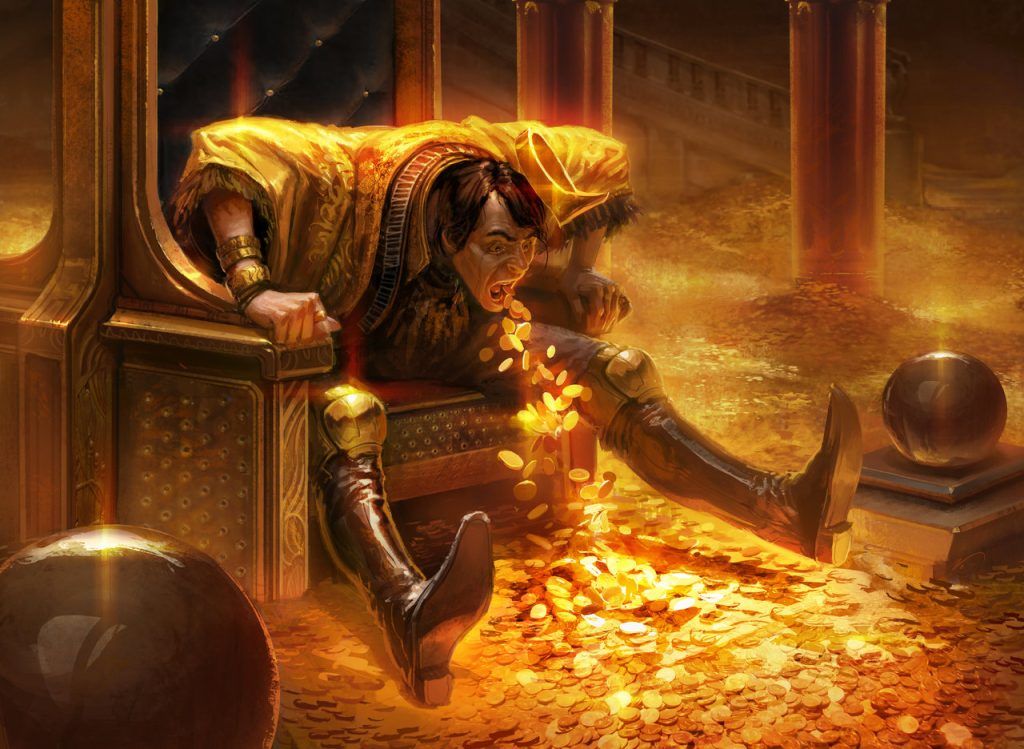
Greed | Illustration by Izzy
In my opinion, K'rrik, Son of Yawgmoth is one of the best-designed commanders. All its abilities just work so well together, and it’s really easy to build a powerful deck around it. Not only is this deck competitive, but it’s a lot of fun because I rarely feel like I don’t have something to be doing.
Is this how you’d build K’rrik? What are your thoughts on Phyrexian mana? Would you like to see similar creatures for other colors? Let me know in the comments or on Draftsim’s Twitter.
Thank you for reading and see you next time!
Follow Draftsim for awesome articles and set updates: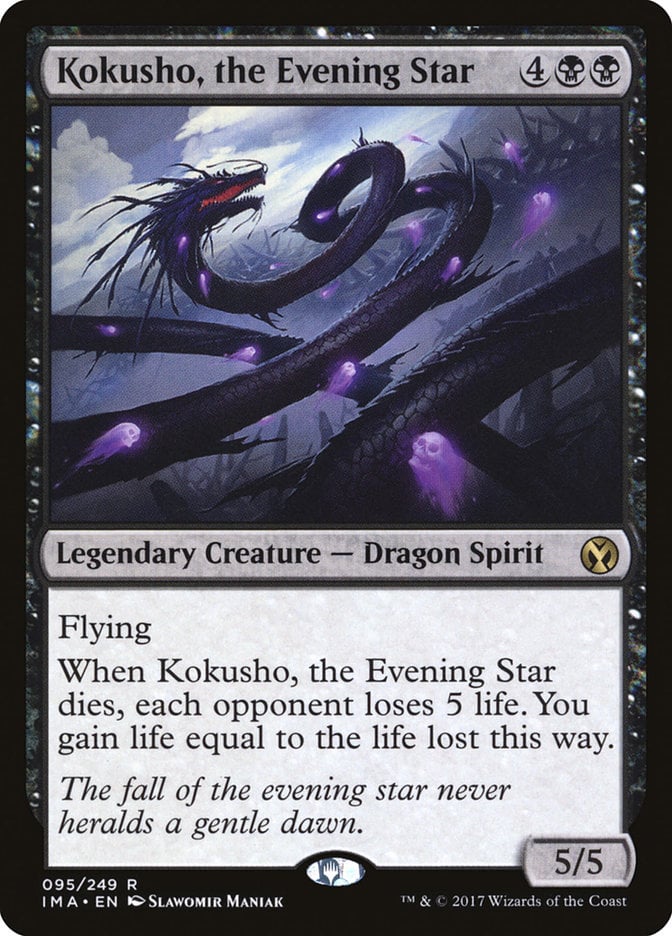
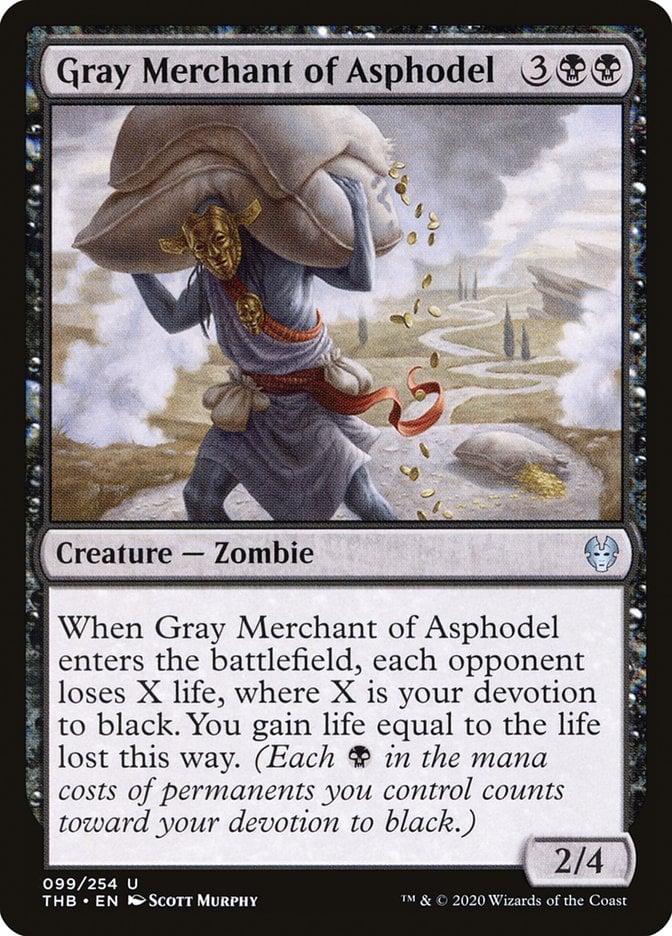
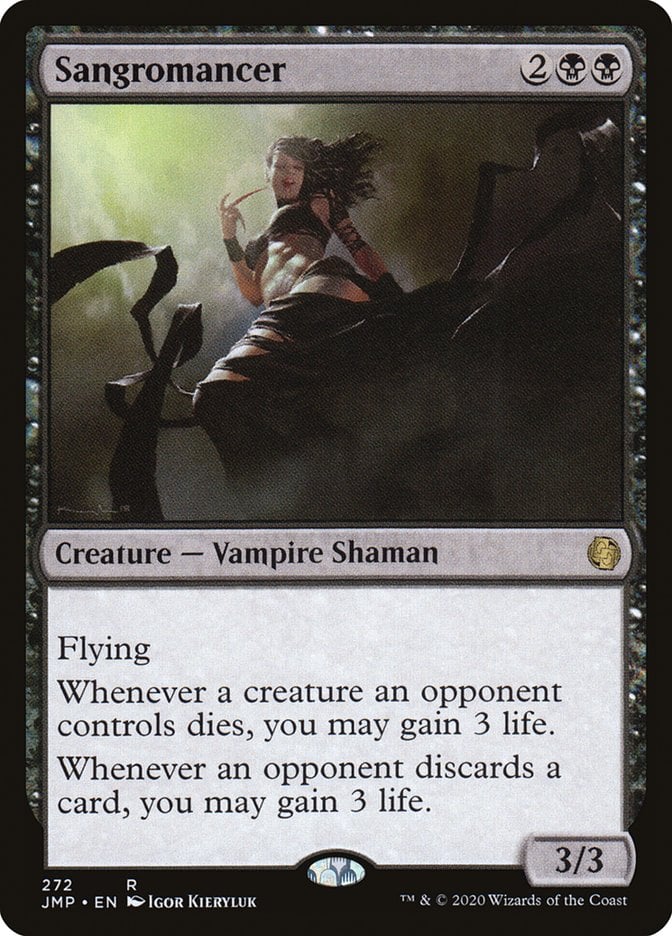


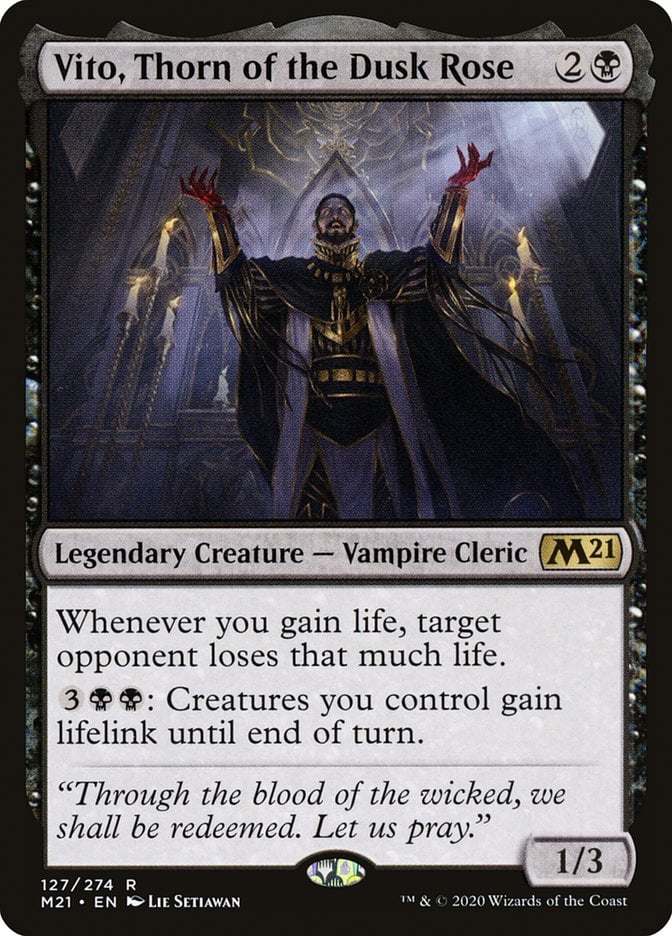
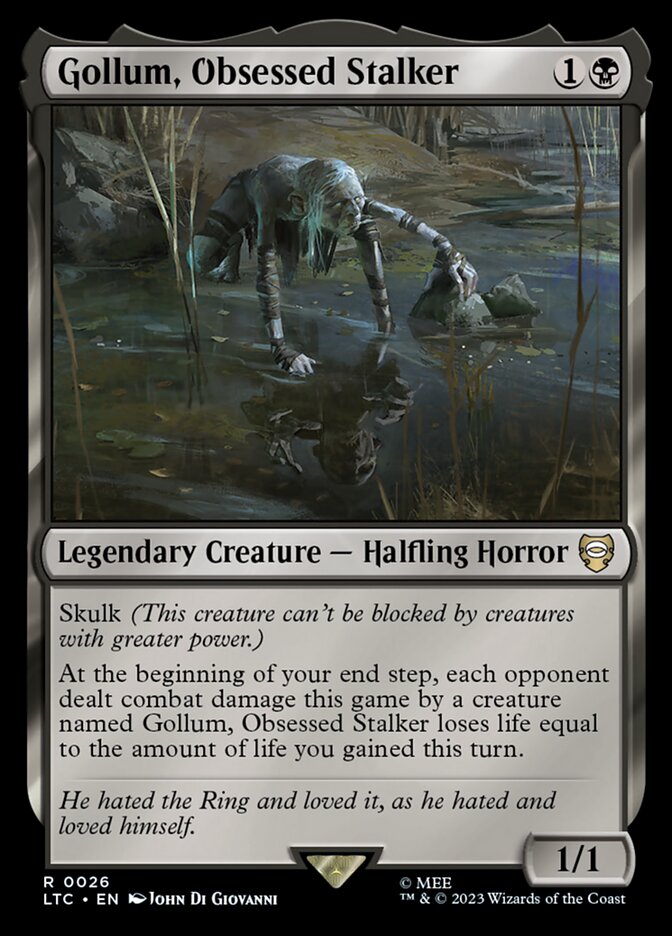
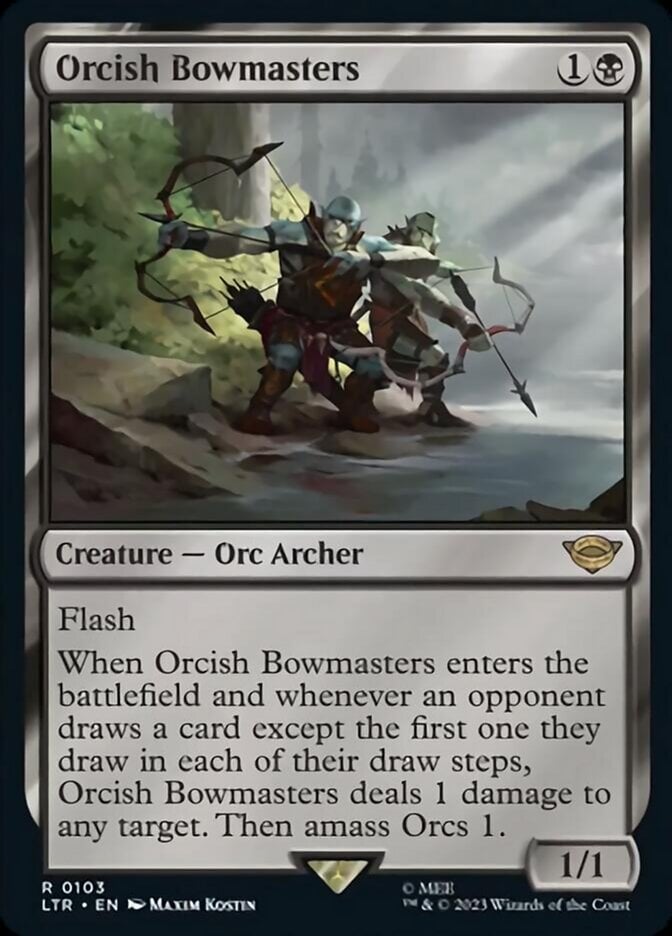
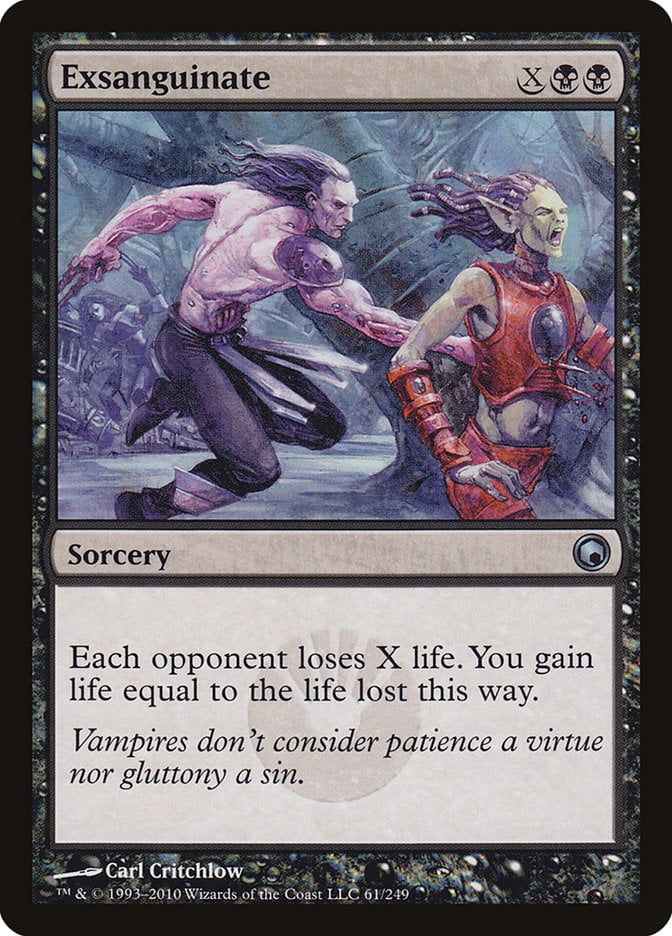
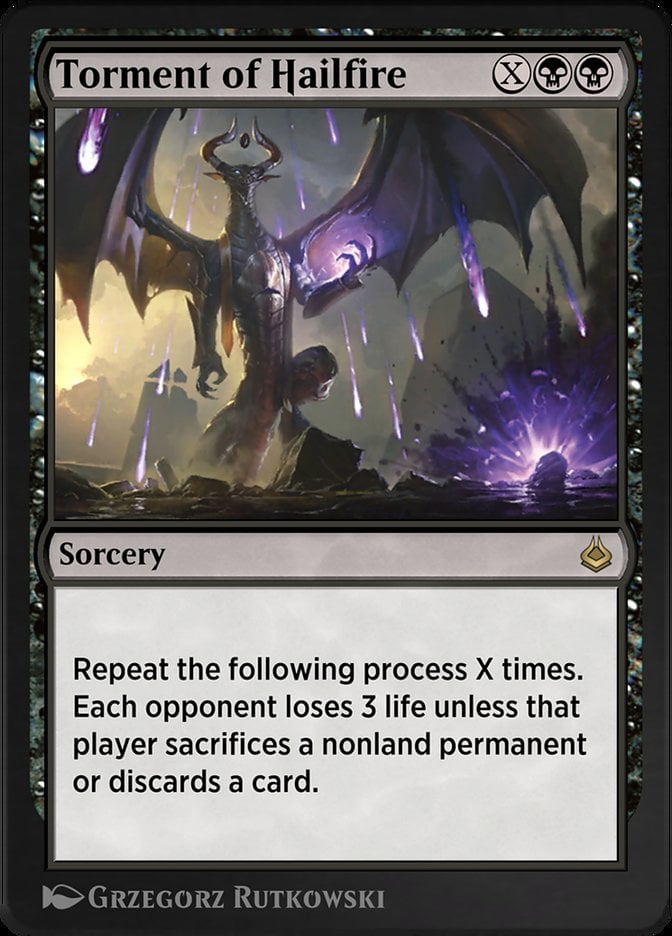

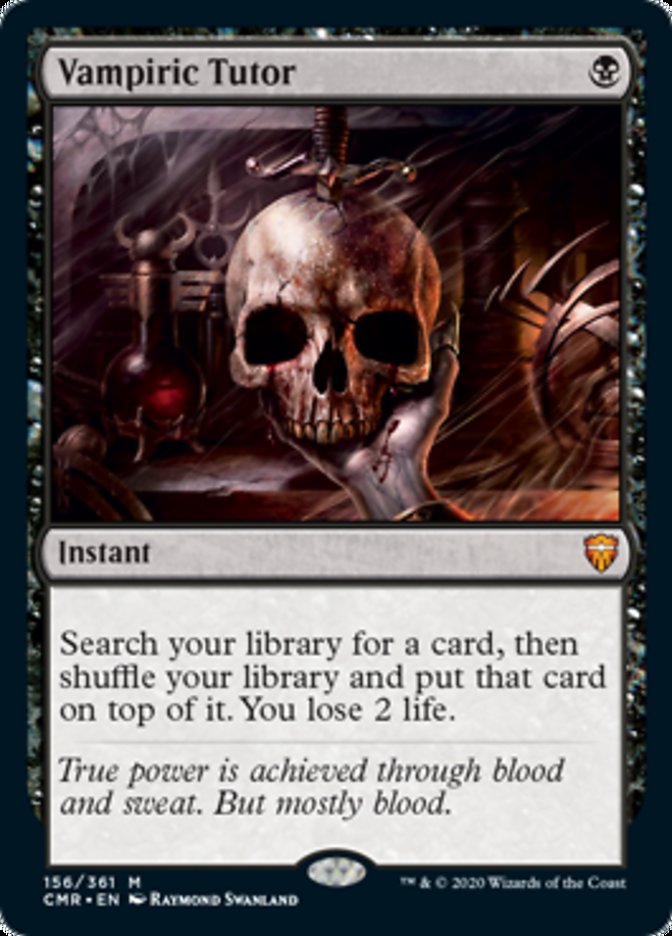

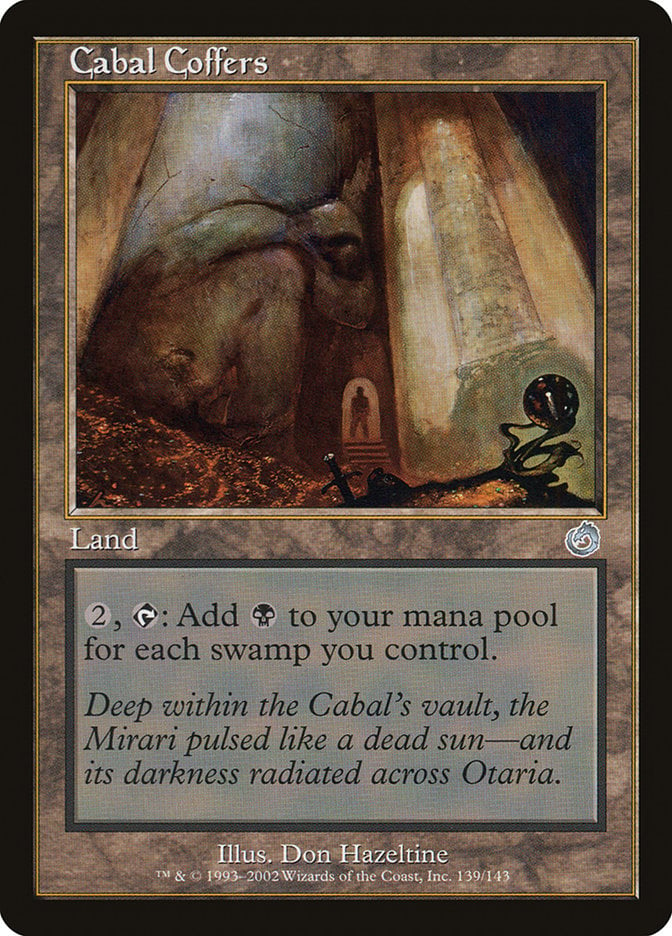
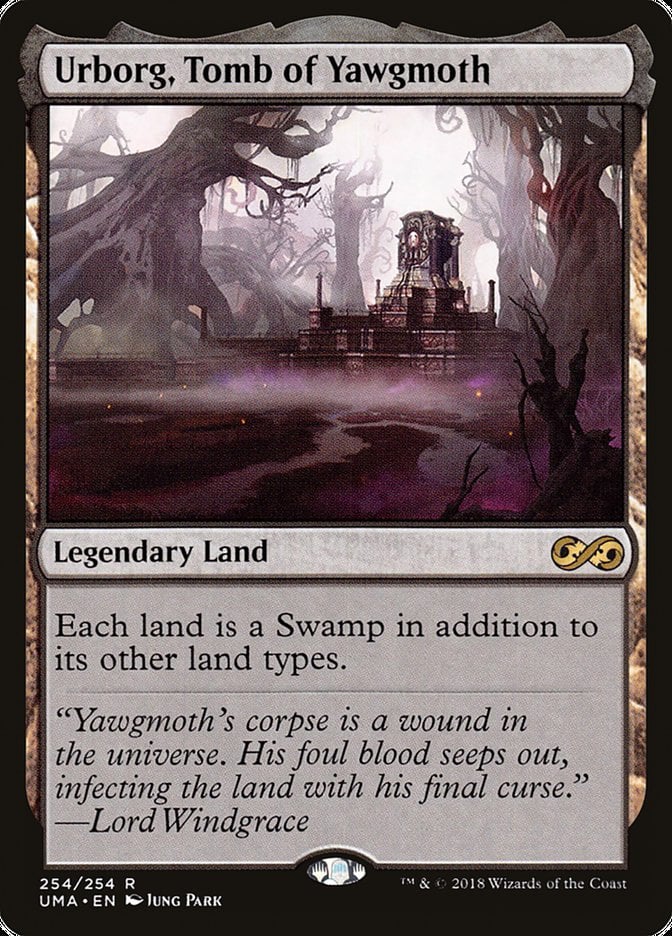

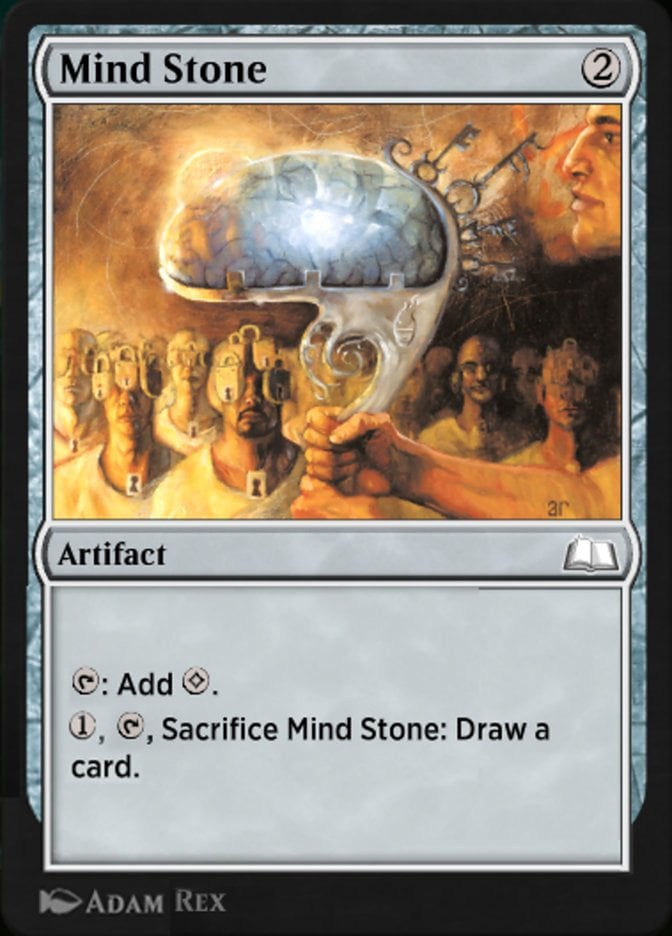
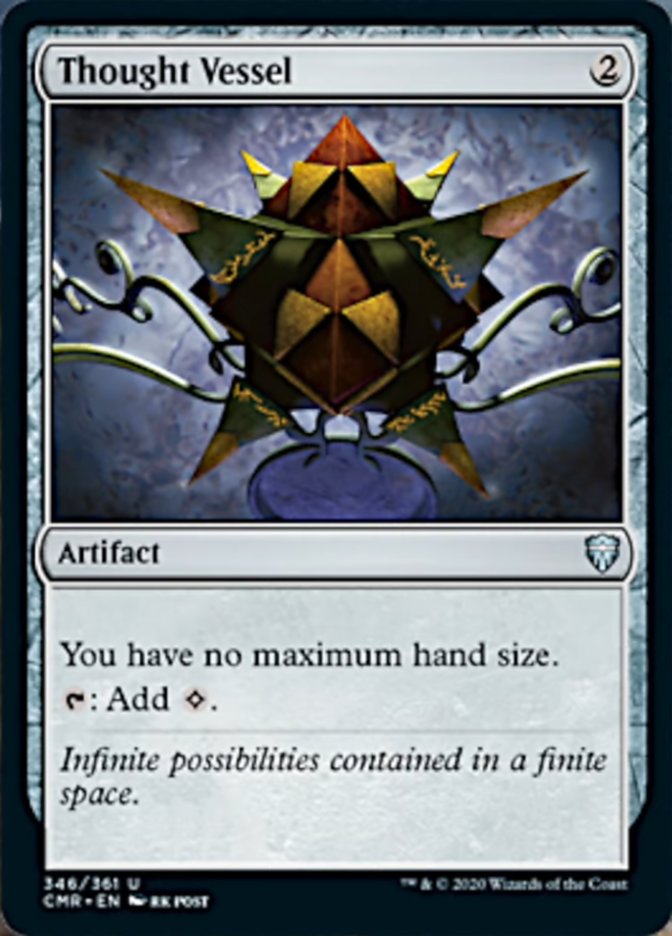
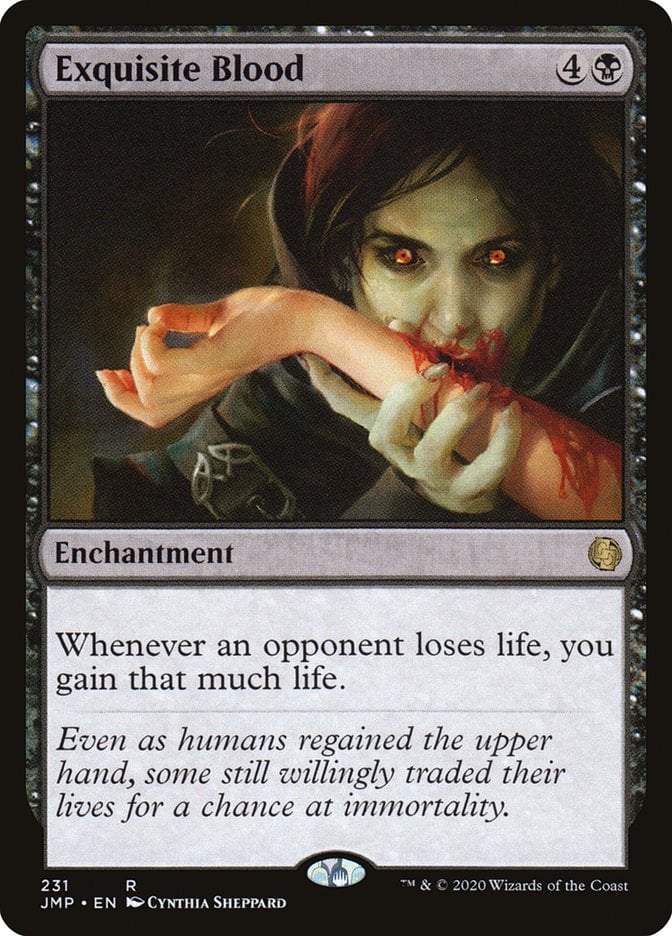
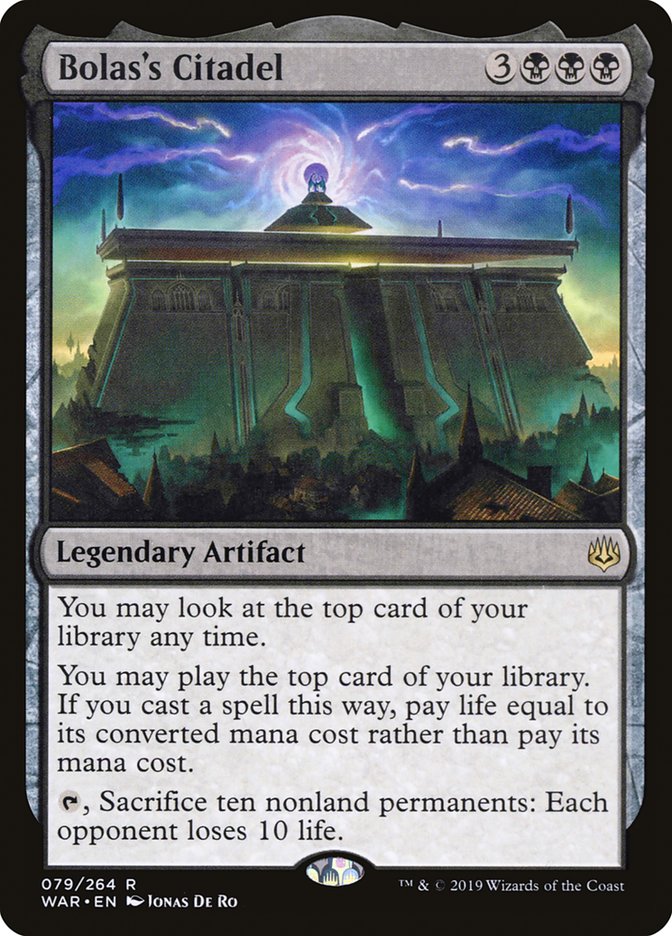
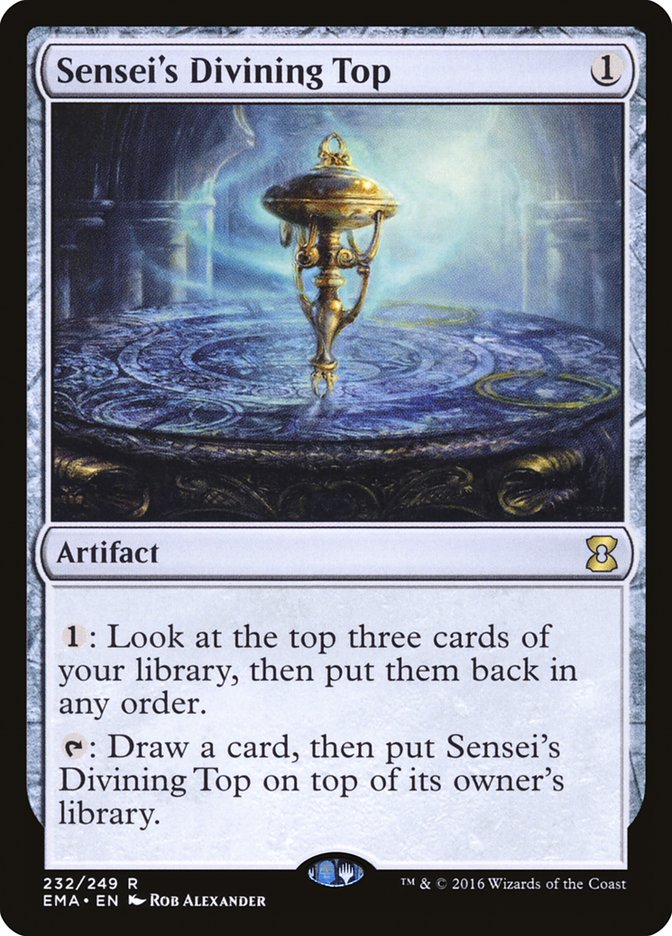
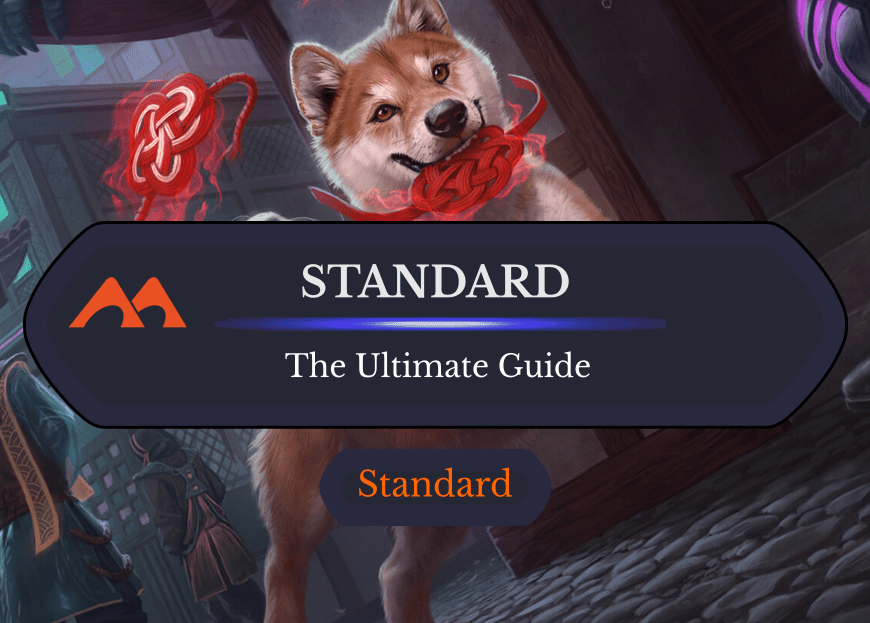

Add Comment